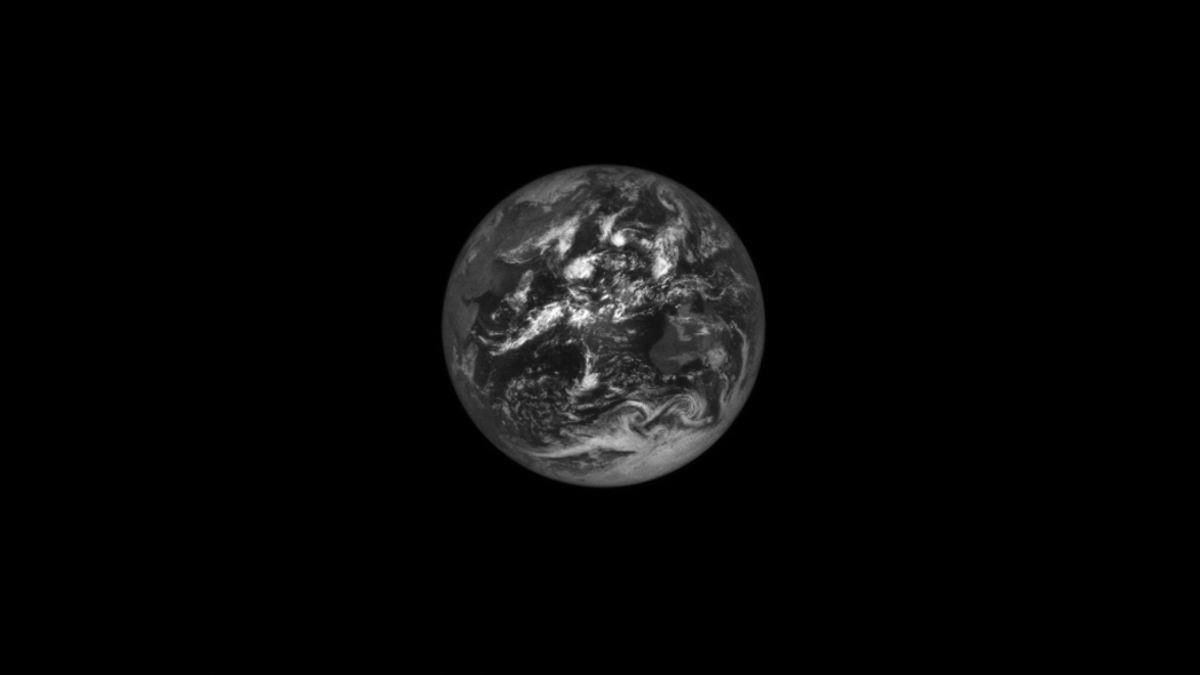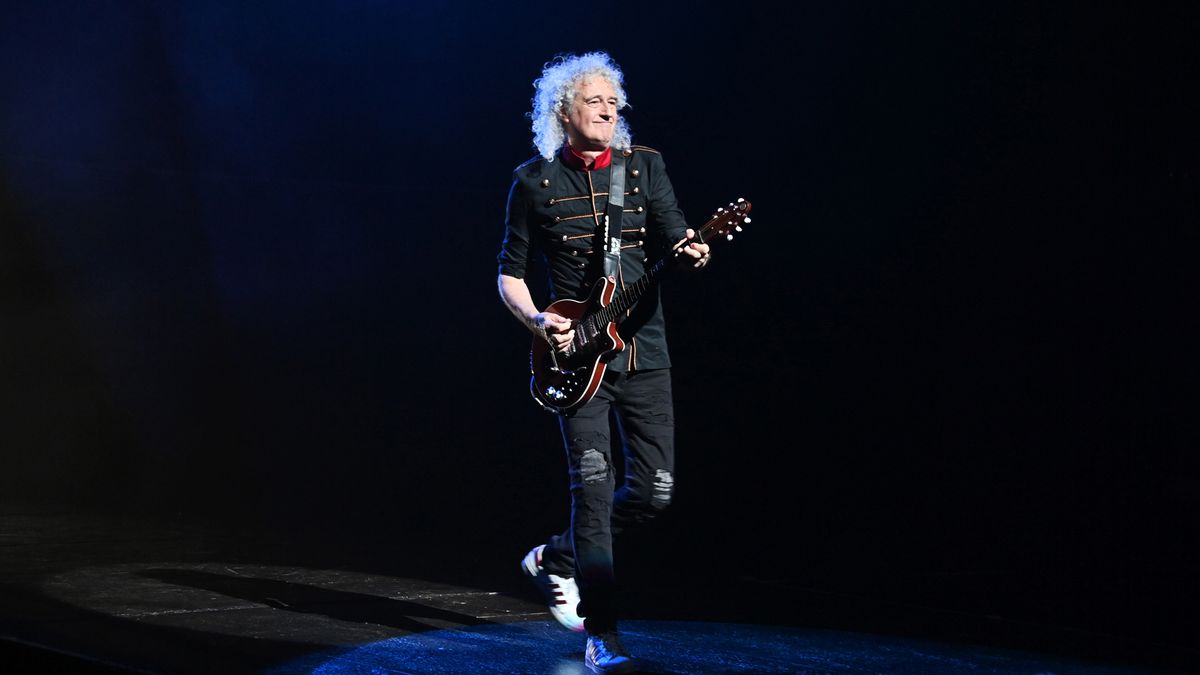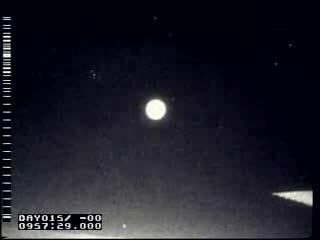After analyzing data gathered when NASA’s OSIRIS-REx spacecraft collected a
sample from asteroid Bennu in October 2020, scientists have learned something astonishing: The spacecraft would have sunk into Bennu had it not fired its thrusters to back away immediately after it grabbed dust and rock from the asteroid’s surface.
It turns out that the particles making up Bennu’s exterior are so loosely packed and lightly bound to each other that if a person were to step onto Bennu they would feel very little resistance, as if stepping into a pit of plastic balls that are popular play areas for kids.
“If Bennu was completely packed, that would imply nearly solid rock, but we found a lot of void space in the surface,” said
Kevin Walsh, a member of the OSIRIS-REx science team from Southwest Research Institute, which is based in San Antonio.
The latest findings about Bennu’s surface were published on July 7 in a pair of papers in the journals Science and Science Advances, led respectively by
Dante Lauretta, principal investigator of OSIRIS-REx, based at University of Arizona, Tucson, and Walsh. These results add to the intrigue that has kept scientists on the edge of their seats throughout the OSIRIS-REx mission, as Bennu has proved consistently unpredictable.

arstechnica.com









